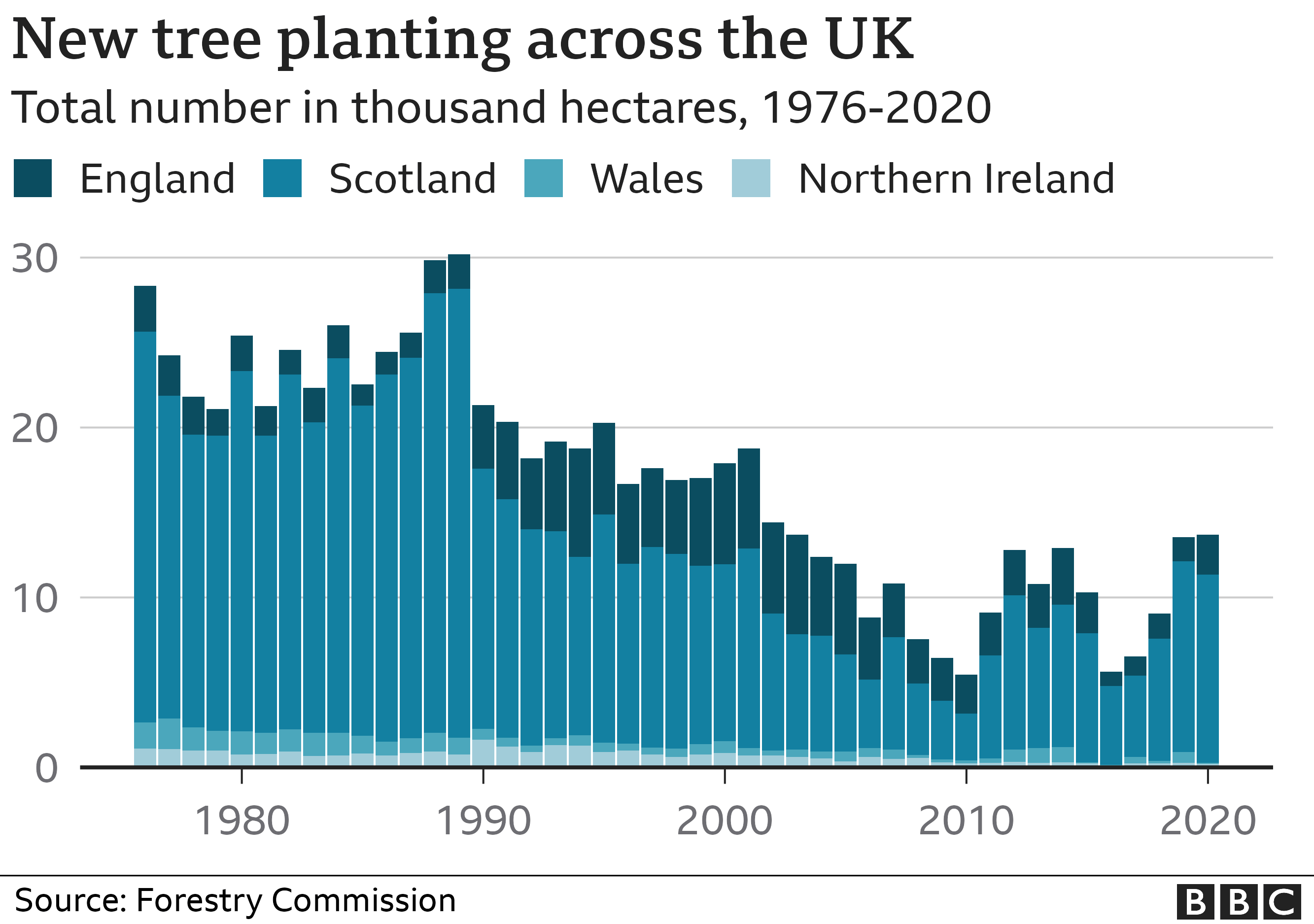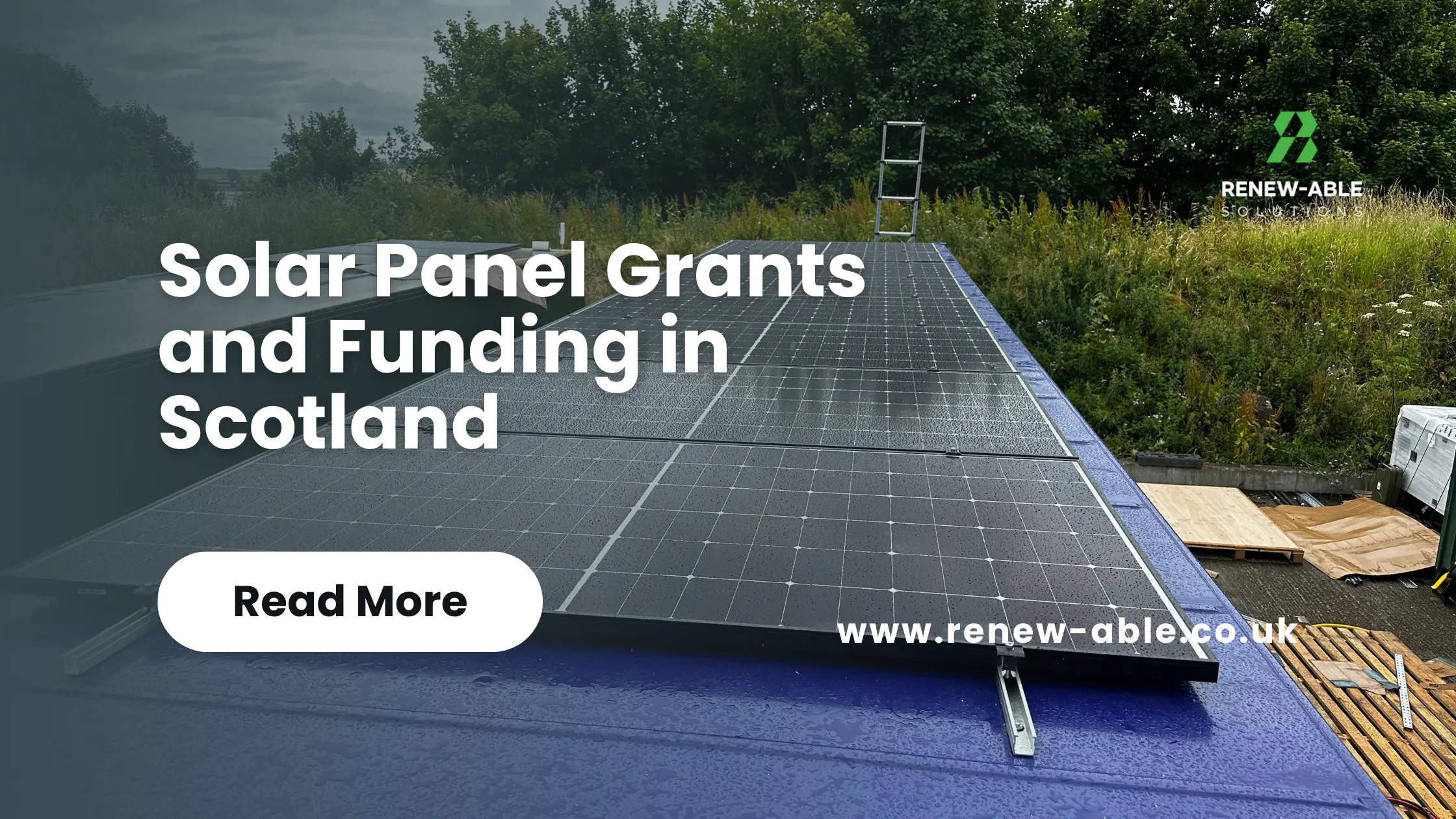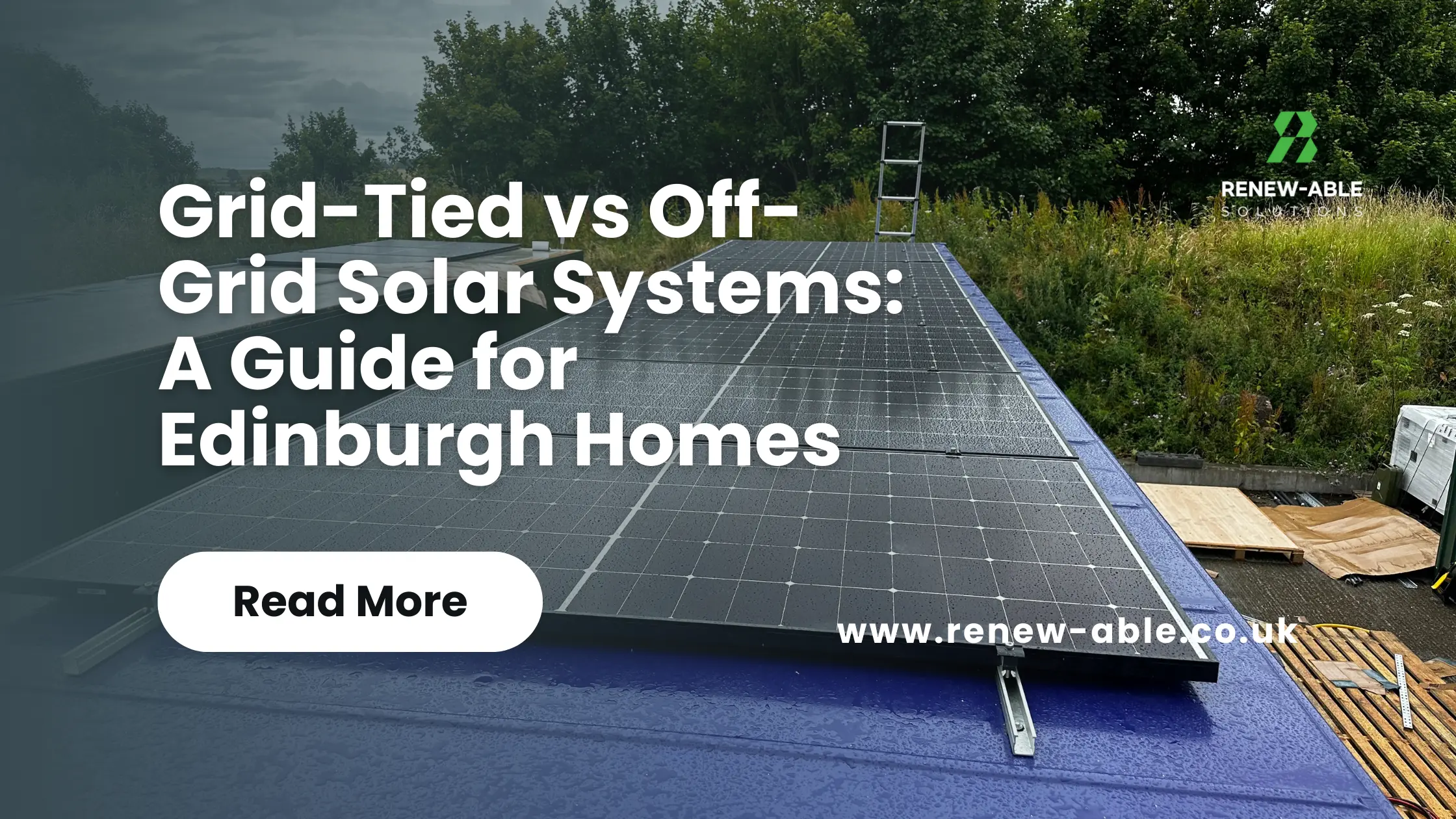UK Governments Climate Pledge
Renew-Able Solutions are a Scottish based installer of Green Renewable Energy and cover all areas of Scotland including PV Installer – Edinburgh & Lothians, Glasgow, Ayrshire, Lanarkshire, Dundee, Stirling, Dundee, Aberdeen, Inverness. Our services include – PV Installers/installation, Home Battery installation, Wind Turbines, Heat Pumps including Air & Ground Source and EV Chargers for home and work.
The UK has committed to reduce its greenhouse-gas emissions to net zero by 2050.
UK Governments Climate Pledge – Net zero is the point at which the country is taking as much of these climate-changing gases out of the atmosphere as it is putting in.
As part of this promise, the government has a target to cut emissions by 78% by 2035, compared with 1990 levels.
The Committee on Climate Change (CCC) – a group of experts that advises the government – calls the net zero strategy “ambitious and comprehensive” but says the UK government needs to “strengthen delivery” and agree tougher policies.

In 2021, Boris Johnson set a target for all of the UK’s electricity to come from clean sources by 2035.
Successive governments have been relatively successful in cutting emissions from energy – they fell by 40% between 1990 and 2019, with a big chunk of this coming from closing coal-fired power stations and spending money on solar, wind and nuclear energy.
The CCC says the government still needs to publish a strategy for phasing out all gas-fired power stations by 2035, and work to remove fossil fuel subsidies.

The UK is a world leader in offshore wind. It has capacity of about 10GW, which the government has promised to increase to 50GW by 2030. This would generate enough energy to power every home in the UK.
The increase is achievable, but energy companies are worried the price they are paid for wind energy is dropping rapidly -squeezing their revenues which could limit further investment.
There would also need to be much more energy storage for times when the wind does not blow.
In April 2022, the government published a UK Energy Security Strategy aimed at moving away from “expensive fossil fuel prices set by global markets we cannot control”.
As well as expanding renewable energy it has a new commitment on nuclear energy – 24GW by 2050.
However, it also includes a promise to issue new licences in the North Sea for oil and gas, despite the UN warning against new fossil fuel projects.

Housing accounts for about 14% of the UK’s greenhouse-gas emissions, mostly because of gas-boiler heating systems and poor insulation, the CCC says.
The government has committed to installing 600,000 heat pumps a year by 2028. These transfer heat from the ground, air or water around a property into its heating system, and start at £6,000.
About 35,000 were installed in the UK in 2019 – by comparison, about 1.7 million gas boilers are sold in the UK each year. There are 23.5 million gas boilers in the UK.
Grants of £5,000 are available for homeowners to install a heat pump.. The government has allocated £450m for this over three years, which would be enough for 90,000 grants of £5,000 (if you ignore administration costs).
Environmental groups have questioned how the government will meet its 600,000 target.
They have also highlighted the lack of new measures on insulation. The UK has some of the least energy-efficient homes in Europe.
The CCC points out that there is no mechanism to encourage or help pay for greater energy efficiency measures like insulation in the 60% of homes that are owner-occupied and not fuel poor.

Cars and taxis accounted for 16% of UK emissions in 2019 and, in a bid to cut this, the government says no new petrol and diesel cars will be sold from 2030.
By 2028, it wants 52% of car sales to be electric. In 2021,11.6% of car sales were electric.
The government has not introduced a scrappage scheme to encourage people to buy electric vehicles, but a small number of £2,500 grants are available for fully electric cars costing less than £35,000.
A further £20m has been allocated for testing and trials of zero-carbon HGVs.

The move to electric will also require huge growth in publicly-accessible charging points. The government wants 300,000 by 2030 – a tenfold increase.
To encourage people out of their cars, the government has promised to double cycling rates from 2013 levels by 2025 and build a “world class” cycling network by 2040.
It has spent £338m on walking and cycling infrastructure in England, but while the Covid pandemic increased cycling rates, it remains unclear whether the effect will be permanent.
EV Chargers are available for both Homes & Businesses – Contact us today for a quote.

Before the pandemic, flying made up about 7% of overall emissions and shipping about 3%.
The UK is yet to publish its net zero aviation strategy. Currently the aviation industry sets its own goals for cutting emissions, but a new report claims that all the targets set since 2000 have been missed except one.
The CCC says the government needs to freeze demand for flights, and should publish a strategy to cut emissions from freight transport, aviation and shipping.
But the government says people can keep flying, and claims that technology yet to be developed should allow domestic flights to be almost emissions-free by 2040, and international aviation to be near zero-carbon by the middle of the century.
In the 2021 Budget, Chancellor Rishi Sunak halved the taxes on domestic flights, which is expected to lead to an extra 400,000 passenger journeys a year.
He also increased the taxes on flights of more than 5,500 miles (8,851km).

The CCC says emissions from agriculture need to be cut by 30% between 2019 and 2035.
This would mean:
- eating 20% less meat and dairy on average by 2030
- land shifting from agricultural use to trees and restored peatland
- less food waste
The government has yet to publish the part of its food strategy that looks at the environmental impact of people’s diets or a clear strategy for agriculture and land use across the UK.
The CCC says current plans “largely rely on the willingness of farmers and landowners to undertake measures”. It says there are signs consumers would be willing to change what they eat.
A new study by the National Food Strategy shows daily meat consumption in the UK has fallen by 17% in the last decade.
A government research paper recommending people shift towards a more plant-based diet was deleted shortly after its publication.

Trees have an important role in removing carbon emissions from the atmosphere.
At the global climate summit COP26 in November 2021, the government agreed to end deforestation in the UK by 2030, and it has an ambitious target to plant 30,000 hectares of trees a year by 2025 (a hectare is a bit bigger than a football pitch).
Annual tree planting was close to this figure back in the late 1980s (most of it in Scotland) but it has not risen above 15,000 hectares UK-wide since 2001.

Tree-planting is a devolved issue, and Scotland has nearly twice as much coverage as England.

Hydrogen is a low-carbon fuel that could be used for transport, heating, power generation or energy storage – and the government wants to have a capacity of 5GW of hydrogen production by 2030.
But in an industry in its infancy – there is almost no low-carbon production of hydrogen in the UK or globally at the moment – this ambition is pretty hard to gauge.
The government admits it will need “rapid and significant scale-up” in the coming years.
It is also promising a decision on the role of hydrogen in heating by 2026.

The ability to capture carbon before it is released or take it out of the atmosphere and store it will be essential for the UK to reach net zero by 2050.
The government is aiming to capture and store between 20 and 30 million tonnes of CO2 a year by 2030.
The technology is still emerging and is very expensive.
There are some projects planned, including one in north-east Scotland that can extract as much CO2 from the air as 40 million trees.
Two areas have been chosen to have priority access to government funding for carbon capture projects: the Hynet Cluster covering the North West of England and north Wales, and the East Coast Cluster in the Humber and Teesside.
North-east Scotland is on the reserve list.

The government says it will cut emissions from manufacturing by about two-thirds from 2018 to 2035.
Carbon capture and the switch to hydrogen will both play a big role but considerable progress is needed in these technologies.
The government also plans to cap the amount of emissions allowed by individual sectors each year, which will reduce over time.
But it is unclear how the scheme will safeguard against just shifting production and emissions to other countries.
The UK has committed to reduce its greenhouse-gas emissions to net zero by 2050.
Net zero is the point at which the country is taking as much of these climate-changing gases out of the atmosphere as it is putting in.
As part of this promise, the government has a target to cut emissions by 78% by 2035, compared with 1990 levels.
The Committee on Climate Change (CCC) – a group of experts that advises the government – calls the net zero strategy “ambitious and comprehensive” but says the UK government needs to “strengthen delivery” and agree tougher policies.

In 2021, Boris Johnson set a target for all of the UK’s electricity to come from clean sources by 2035.
Successive governments have been relatively successful in cutting emissions from energy – they fell by 40% between 1990 and 2019, with a big chunk of this coming from closing coal-fired power stations and spending money on solar, wind and nuclear energy.
The CCC says the government still needs to publish a strategy for phasing out all gas-fired power stations by 2035, and work to remove fossil fuel subsidies.
As well as solar the UK is seeing a large increase in energy storage such as Batteries and Renew-Able Solutions are the leaders in providing energy storage for Homes & Businesses.

The UK is a world leader in offshore wind. It has capacity of about 10GW, which the government has promised to increase to 50GW by 2030. This would generate enough energy to power every home in the UK.
The increase is achievable, but energy companies are worried the price they are paid for wind energy is dropping rapidly -squeezing their revenues which could limit further investment.
There would also need to be much more energy storage for times when the wind does not blow.
In April 2022, the government published a UK Energy Security Strategy aimed at moving away from “expensive fossil fuel prices set by global markets we cannot control”.
As well as expanding renewable energy it has a new commitment on nuclear energy – 24GW by 2050.
However, it also includes a promise to issue new licences in the North Sea for oil and gas, despite the UN warning against new fossil fuel projects.

Housing accounts for about 14% of the UK’s greenhouse-gas emissions, mostly because of gas-boiler heating systems and poor insulation, the CCC says.
The government has committed to installing 600,000 heat pumps a year by 2028. These transfer heat from the ground, air or water around a property into its heating system, and start at £6,000.
About 35,000 were installed in the UK in 2019 – by comparison, about 1.7 million gas boilers are sold in the UK each year. There are 23.5 million gas boilers in the UK.
Grants of £5,000 are available for homeowners to install a heat pump.. The government has allocated £450m for this over three years, which would be enough for 90,000 grants of £5,000 (if you ignore administration costs).
Environmental groups have questioned how the government will meet its 600,000 target.
They have also highlighted the lack of new measures on insulation. The UK has some of the least energy-efficient homes in Europe.
The CCC points out that there is no mechanism to encourage or help pay for greater energy efficiency measures like insulation in the 60% of homes that are owner-occupied and not fuel poor.

Cars and taxis accounted for 16% of UK emissions in 2019 and, in a bid to cut this, the government says no new petrol and diesel cars will be sold from 2030.
By 2028, it wants 52% of car sales to be electric. In 2021,11.6% of car sales were electric.
The government has not introduced a scrappage scheme to encourage people to buy electric vehicles, but a small number of £2,500 grants are available for fully electric cars costing less than £35,000.
A further £20m has been allocated for testing and trials of zero-carbon HGVs.

The move to electric will also require huge growth in publicly-accessible charging points. The government wants 300,000 by 2030 – a tenfold increase.
To encourage people out of their cars, the government has promised to double cycling rates from 2013 levels by 2025 and build a “world class” cycling network by 2040.
It has spent £338m on walking and cycling infrastructure in England, but while the Covid pandemic increased cycling rates, it remains unclear whether the effect will be permanent.

Before the pandemic, flying made up about 7% of overall emissions and shipping about 3%.
The UK is yet to publish its net zero aviation strategy. Currently the aviation industry sets its own goals for cutting emissions, but a new report claims that all the targets set since 2000 have been missed except one.
The CCC says the government needs to freeze demand for flights, and should publish a strategy to cut emissions from freight transport, aviation and shipping.
But the government says people can keep flying, and claims that technology yet to be developed should allow domestic flights to be almost emissions-free by 2040, and international aviation to be near zero-carbon by the middle of the century.
In the 2021 Budget, Chancellor Rishi Sunak halved the taxes on domestic flights, which is expected to lead to an extra 400,000 passenger journeys a year.
He also increased the taxes on flights of more than 5,500 miles (8,851km).

The CCC says emissions from agriculture need to be cut by 30% between 2019 and 2035.
This would mean:
- eating 20% less meat and dairy on average by 2030
- land shifting from agricultural use to trees and restored peatland
- less food waste
The government has yet to publish the part of its food strategy that looks at the environmental impact of people’s diets or a clear strategy for agriculture and land use across the UK.
The CCC says current plans “largely rely on the willingness of farmers and landowners to undertake measures”. It says there are signs consumers would be willing to change what they eat.
A new study by the National Food Strategy shows daily meat consumption in the UK has fallen by 17% in the last decade.
A government research paper recommending people shift towards a more plant-based diet was deleted shortly after its publication.

Trees have an important role in removing carbon emissions from the atmosphere.
At the global climate summit COP26 in November 2021, the government agreed to end deforestation in the UK by 2030, and it has an ambitious target to plant 30,000 hectares of trees a year by 2025 (a hectare is a bit bigger than a football pitch).
Annual tree planting was close to this figure back in the late 1980s (most of it in Scotland) but it has not risen above 15,000 hectares UK-wide since 2001.

Tree-planting is a devolved issue, and Scotland has nearly twice as much coverage as England.

Hydrogen is a low-carbon fuel that could be used for transport, heating, power generation or energy storage – and the government wants to have a capacity of 5GW of hydrogen production by 2030.
But in an industry in its infancy – there is almost no low-carbon production of hydrogen in the UK or globally at the moment – this ambition is pretty hard to gauge.
The government admits it will need “rapid and significant scale-up” in the coming years.
It is also promising a decision on the role of hydrogen in heating by 2026.

The ability to capture carbon before it is released or take it out of the atmosphere and store it will be essential for the UK to reach net zero by 2050.
The government is aiming to capture and store between 20 and 30 million tonnes of CO2 a year by 2030.
The technology is still emerging and is very expensive.
There are some projects planned, including one in north-east Scotland that can extract as much CO2 from the air as 40 million trees.
Two areas have been chosen to have priority access to government funding for carbon capture projects: the Hynet Cluster covering the North West of England and north Wales, and the East Coast Cluster in the Humber and Teesside.
North-east Scotland is on the reserve list.

The government says it will cut emissions from manufacturing by about two-thirds from 2018 to 2035.
Carbon capture and the switch to hydrogen will both play a big role but considerable progress is needed in these technologies.
The government also plans to cap the amount of emissions allowed by individual sectors each year, which will reduce over time.
But it is unclear how the scheme will safeguard against just shifting production and emissions to other countries.








